Introduction to Planting Swamp Rice
Swamp rice, also known as lowland rice, is cultivated in waterlogged or flooded areas, making it an ideal crop for regions with heavy rainfall or naturally wet conditions. Growing swamp rice is an essential agricultural practice in many parts of the world, particularly in tropical and subtropical regions where rice is a staple food. The process involves preparing and managing flooded fields to ensure a steady water supply throughout the growing season. With careful planning, proper water management, and attention to soil health, planting swamp rice can yield abundant harvests while sustaining local food security.
- Clear the Field: Remove weeds, stumps, and debris.
- Level the Field: Ensure the field is leveled to manage water efficiently.
- Plowing: Plow the field to turn over the soil.
- Harrowing: Break up large clods of soil and smooth the surface.

- Soak Seeds: Soak seeds in water for 24-36 hours to encourage germination.
- Prepare Nursery Bed: Create a nursery bed with fine soil and proper drainage.
- Sow Seeds: Sow pre-germinated seeds in the nursery bed.
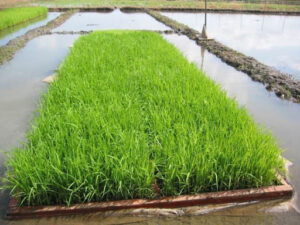
- Water Management: Keep the nursery bed flooded with a shallow layer of water.
- Weeding: Remove weeds from the nursery bed to prevent competition for nutrients.
- Field Irrigation: Flood the main field with water.
- Transplant Seedlings: Transplant seedlings (usually 20-30 days old) from the nursery to the main field, spacing them adequately (typically 20×20 cm).
- STEP 1

- STEP 2
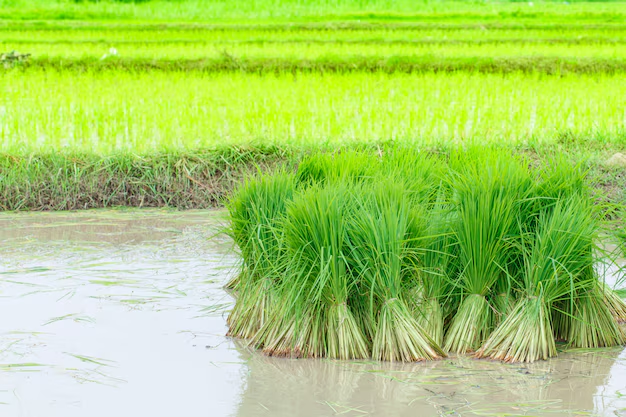
- STEP 3
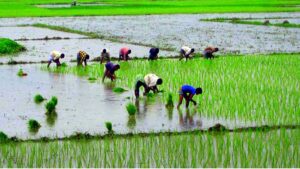
- Water Management: Maintain appropriate water levels (2-5 cm) in the field.
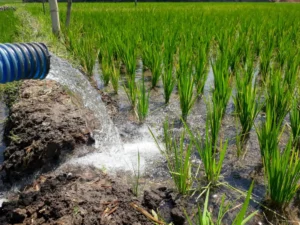
- Weeding: Perform manual weeding or use herbicides as necessary.

- Fertilization: Apply fertilizers (NPK) based on soil requirements and growth stage.

- Monitor Crops: Regularly check for pests and diseases.
- Apply Treatments: Use pesticides or biological control methods if necessary.
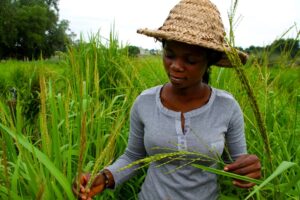
- Water Management: Adjust water levels based on crop stage (reduce water before harvesting).
- Fertilization: Apply additional fertilizers if needed, particularly nitrogen.
- Drain Field: Drain the field about 2 weeks before harvest to allow the soil to dry.
- Inspect Crop: Check the crop for maturity; grains should be hard and golden.
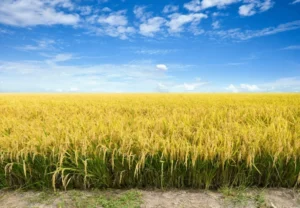
- Harvest: Cut the rice plants when grains are mature (20-30% moisture content).
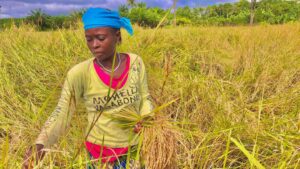
- Threshing: Separate the grains from the straw.

- Drying: Dry the grains to reduce moisture content to 14% or less for storage.
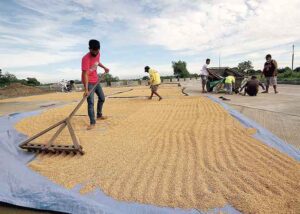
- Storage: Store the dried grains in a cool, dry place.
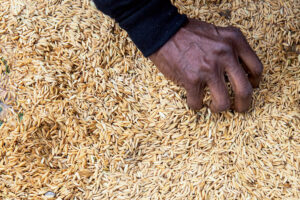
- Processing: Mill the rice to remove husks and obtain polished rice.

This schedule can vary based on local climate, rice variety, and specific agricultural practices. Adjustments may be necessary to optimize yield and quality.
